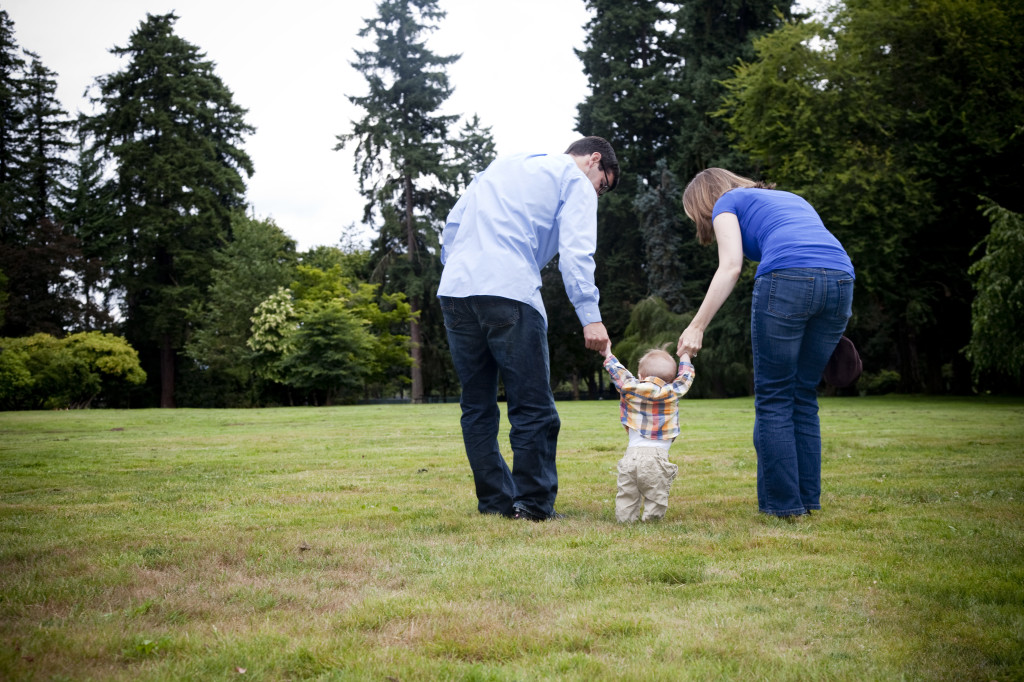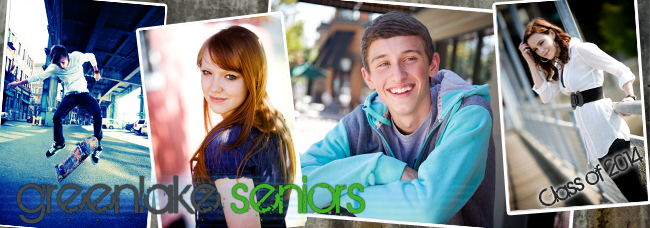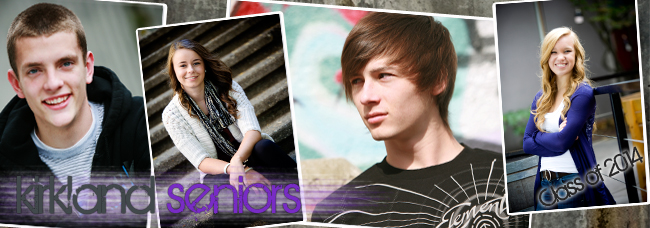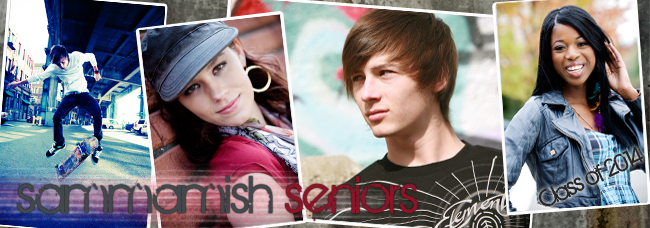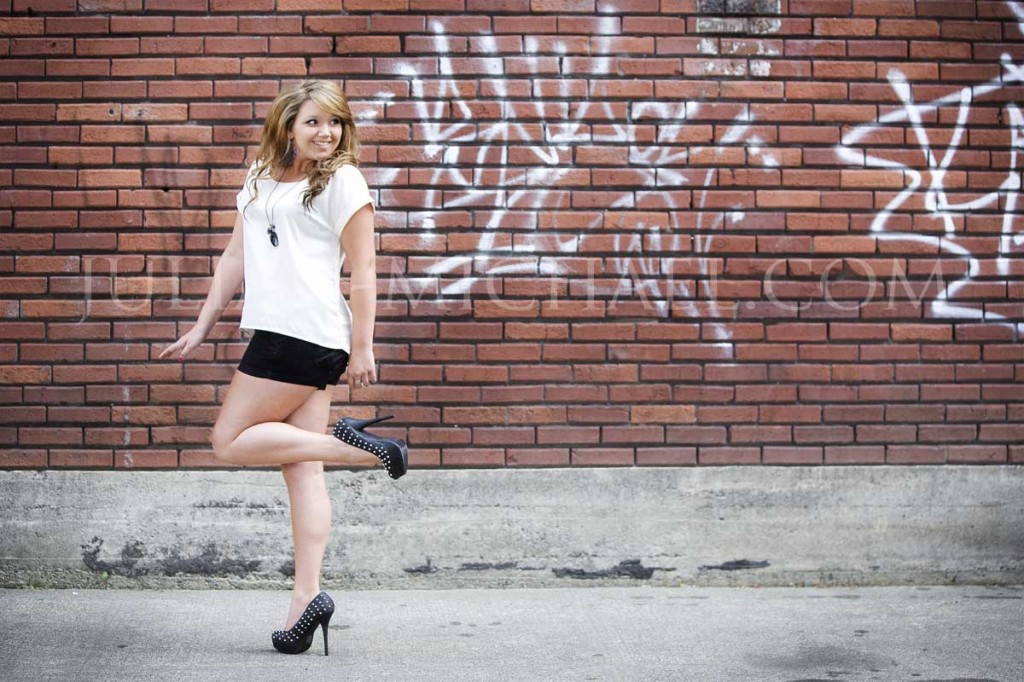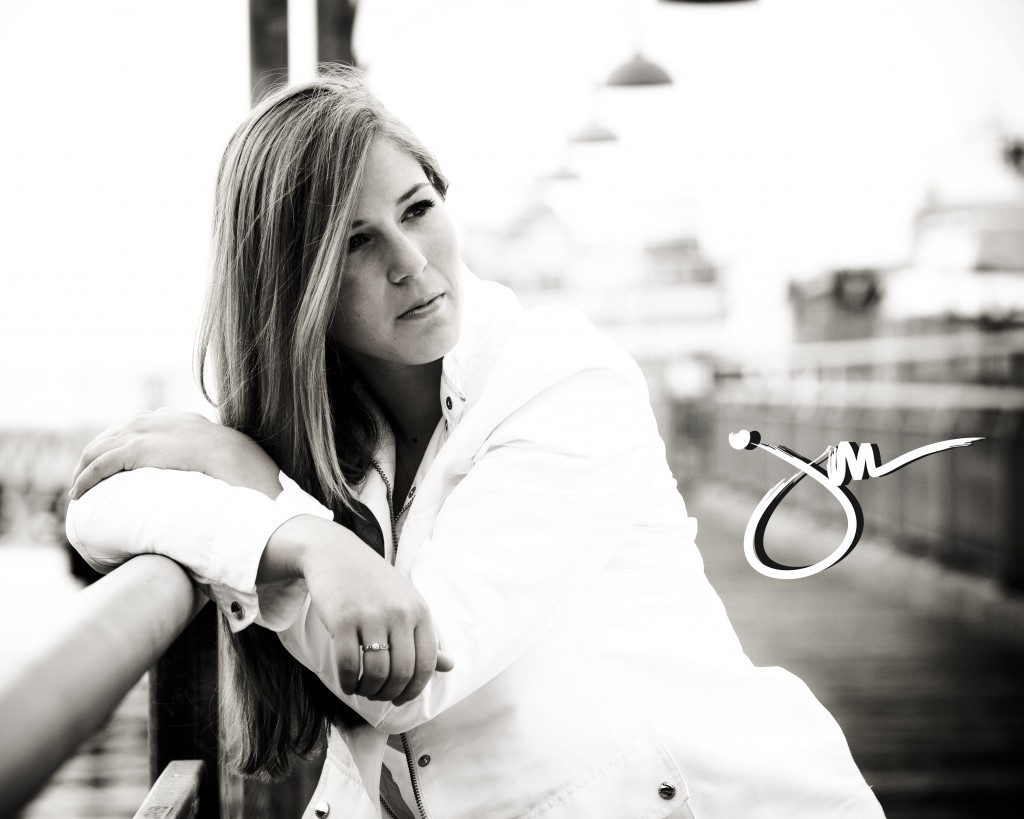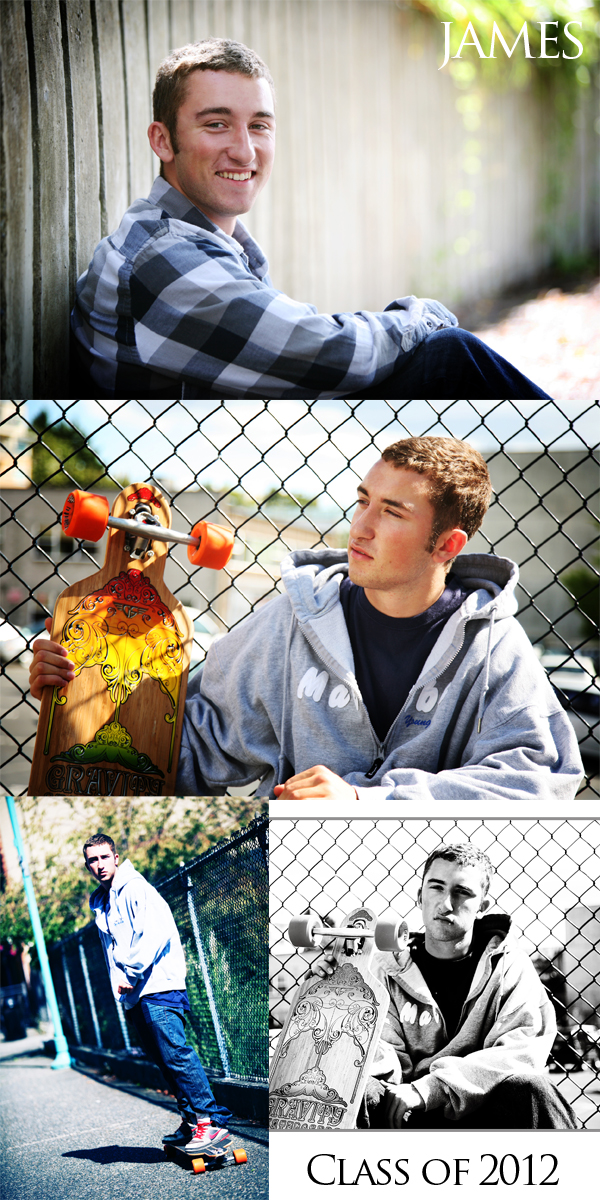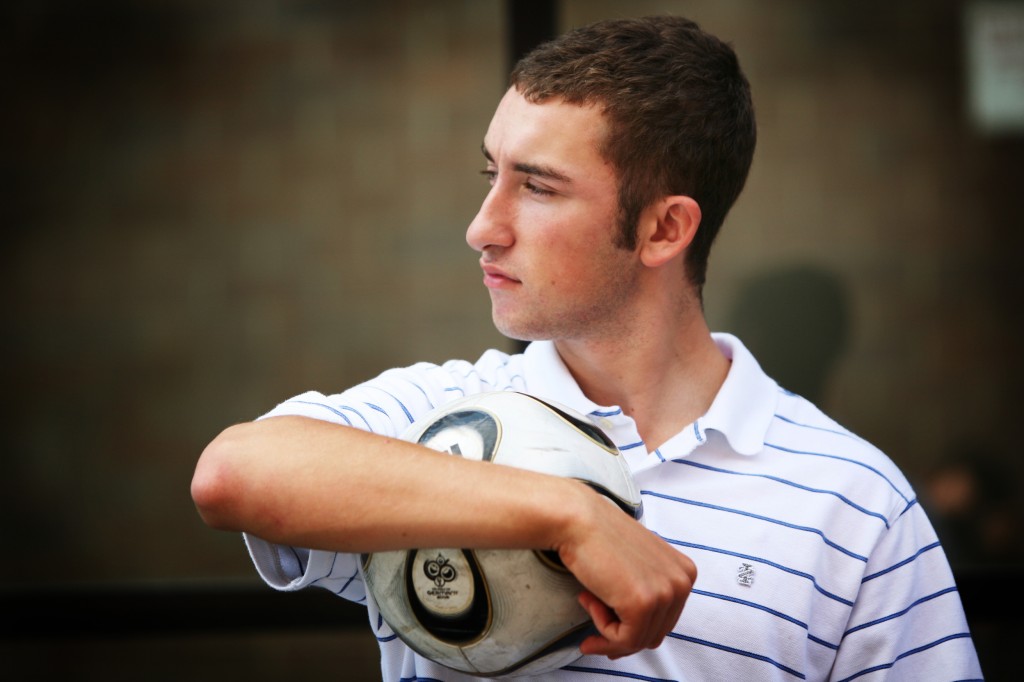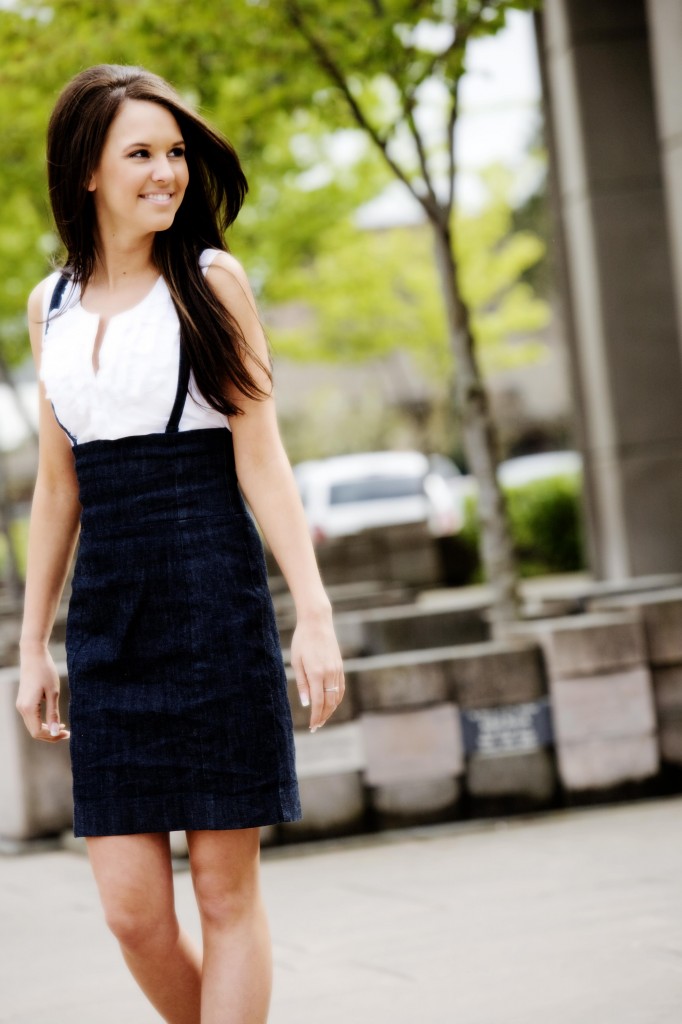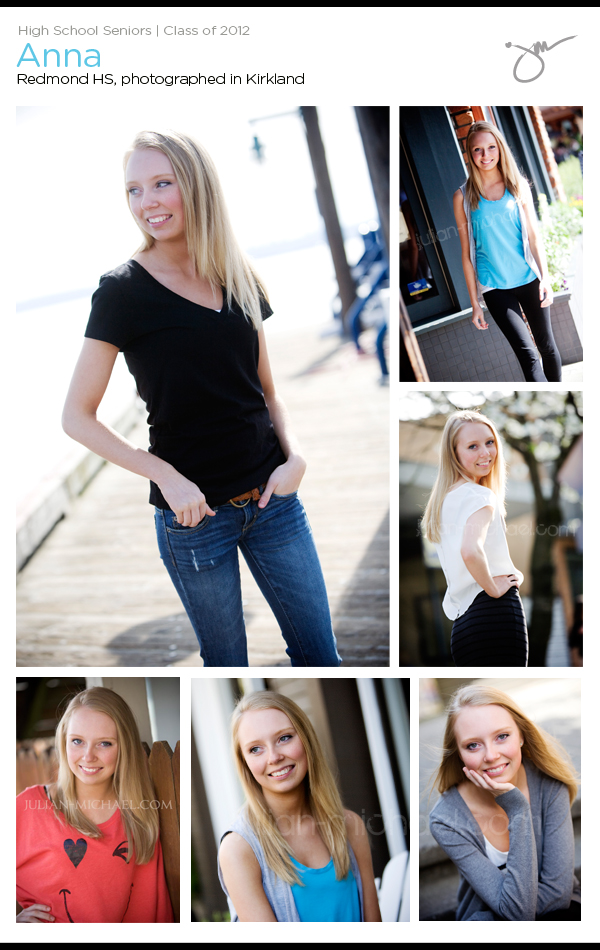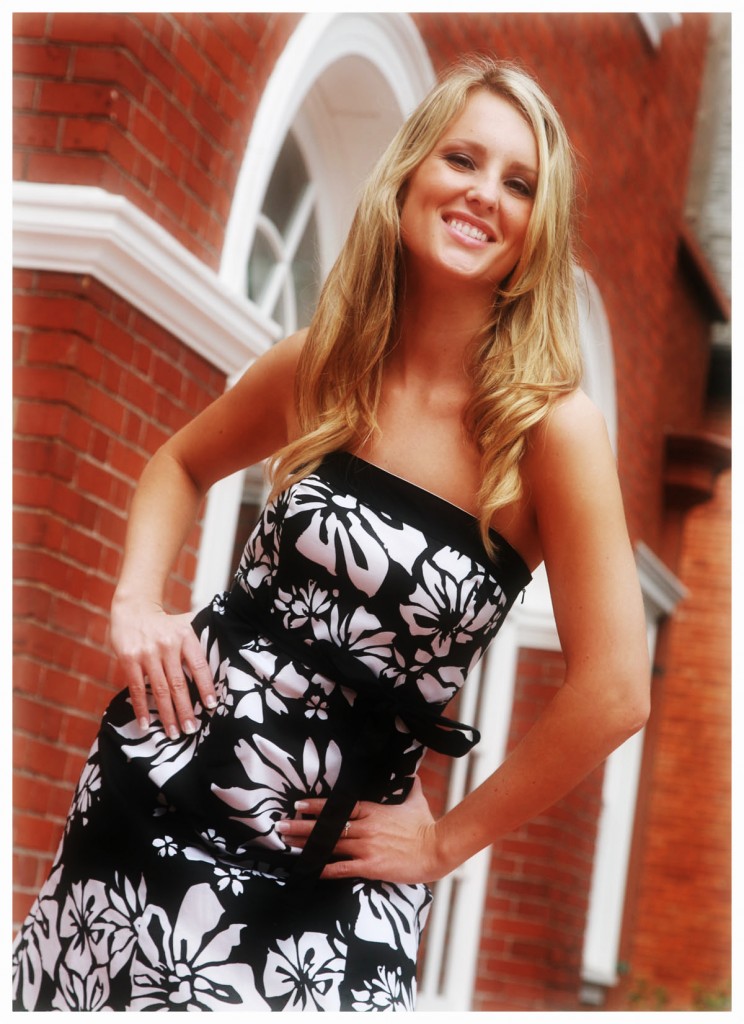Digital Portrait Photography Facts Worth Thinking About | Bellevue Photographer
Most people have a funny relationships with their digital cameras. Whether it’s the camera on your mobile device, the new point-and-shoot you bought or the fancier digital SLR you purchased at Costco or a camera shop. Most people never fully utilize what their cameras are capable of, mostly because technology scares most and having to do much work frightens even more people.
I can’t tell you how many times I’ve been out and about in Seattle or Bellevue and see people with digital SLR cameras using them like I would my Samsung S5 or Apple iPhone…it’s just sad! There’s been many blogs posts I’ve made using a camera phone when many can’t get their much more expensive cameras to output the same quality of digital portrait photography or overall look (see ‘lighting and composition’). Here are some facts about most people and their fancier digital portrait photography cameras and overall usage:
#1) You have to actually work your digital camera
Not the other way around. It’s silly but many people think the camera is going to do all the work. Play, play and play some more. Getting it wrong often is a good thing in photography so you can learn to get it right and learn what you’re doing wrong to achieve the look you’re hoping to.
#2) Posing is an artform
So many time people share with me that they don’t want to look ‘too posed’, but in fact creating quality digital portrait photography requires a ‘masters degree’ of sorts in posing people naturally so images will come off looking authentic and ‘not so posed’. lol
#3) You’ll likely never use half the functions on your digital portrait camera
Although learning is fun, most of the functions on your camera you won’t need unless you’re purposely trying to get a Gold medal in ‘best overuser ever’. Focus on the types of settings you will use most often (sports shutter speeds or macro settings, for example) and learn to be sharp at these! You’ll surprise yourself when you focus on a few things instead of trying to learn the whole camera.
#4) Lighting and Composition are what you should play with most
Before even thinking about the camera itself you should really spend some time looking and comparing your images with great images you might see online for digital portrait photography. There are such an abundance of images to look at that you could likely find anything you’re looking for and use these as great examples to base future projects or shooting styles on.
#5) Overhead flashes should never be used unless it’s super dark
In professional photography it’s taboo using overhead flashes unless at an event that has poor lighting or perhaps a wedding. And even then we have some fancy attachments or higher end ‘overhead’ flashes we use to make sure the lighting is incredible and doesn’t come off looking like a ‘party pic’ (see also paparazzi). Learn to use natural light and shadowing styles (look at examples online). There are also other fancier overhead flashes that can be synced, rotated, etc for a better look in your digital portrait photography.
#6) Read your playbook! (i.e. your owner’s manual)
There are so many resources available online including ‘how-to’s’, videos and lots of other sources on what you should know to take a better image. Digital portrait photography takes time to learn and develop and having the basic knowledge of what your device can do is a huge advantage.
#7) Find unique subjects and locations
Basically, learn to shoot different types of people and subjects. Locations should be photographed from different angles, at different times of day, and in macro and micro (wide and close-up details) to most accurately tell stories. Same thing goes for people…wide (full body with scenery), closer up to show the eyes, always a little more about personality, etc. Maximize every experience when possible to get the best portraits you’ve seen from yourself.
#8) You’re only as good as your creative eye…borrow someone else’s
Some of us are simply only going to see things from one angle or perception. It’s always ok to work with someone else or ask for ‘constructive’ feedback on how you can improve. MANY MANY people have a very difficult time with this sort of feedback, despite the fact that they’ll say they don’t. I think the best thing is to take the feedback, always ask ‘why’, then take a couple days to think about why someone had a different point of view (versus the typical ‘shutting them down’ philosophy that is so popular with artists and people that aren’t great with feedback). So ‘Cheers’ to getting great feedback and running with it!
Article by Julian Michael


